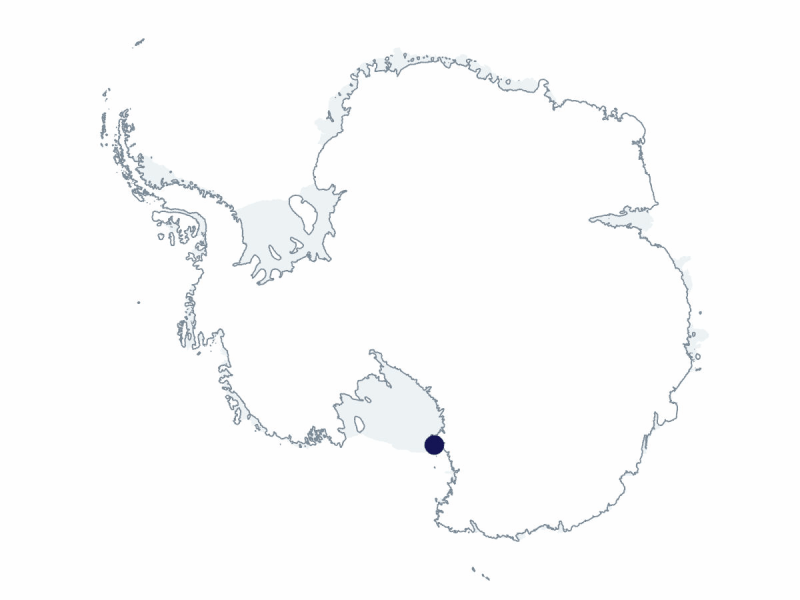2024-2025 USAP Field Season
Project Detail Project TitleA new instrument and measurement approach to cryo-seismogeodesy: Monitoring Antarctic ice shelf stability using ice penetrators Summary
Event Number:
Program Director:
ASC POC/Implementer: Principal Investigator(s)
Mr. Pedro Elosegui
Location
Supporting Stations: McMurdo Station DescriptionAntarctic ice shelves, a critical element in the stability of the Antarctic Ice Sheet (AIS), are showing signs of rapid decline. Ice-shelf melting, retreating and thinning lead to increased discharge of grounded ice to the ocean, and to concomitant sea-level rise. Ice-shelf disintegration could drive the AIS to eventual collapse. Despite their key role in the future fate of the AIS under a warming climate, ice shelves are lacking in situ seismic and geodetic measurements. To address these challenges, researchers propose to combine cryoseismology and cryogeodesy for the first time into a single instrument, a seismogeodetic ice penetrator (SGIP), that can be air-dropped onto an ice-shelf surface to help advance understanding of Antarctic ice-ocean-atmosphere dynamics. The SGIP provides a means to efficiently observe and quantify ice-shelf stability. The SGIP field testing will occur on the Ross Ice Shelf near McMurdo Station where two penetrators will be helicopter dropped in the first season and allowed to operate over winter along with reference geodesic and seismic installations. The SGIP and reference equipment will be recovered in the second season. Field Season OverviewTwo participants will deploy to McMurdo Station in mid-November, with the goal of deploying three seismogeodetic ice penetrators (SGIPs) on the surface of the Ross Ice Shelf. The team, along with Antarctic Support Contract Field Support and Training personnel, will review imagery provided by the Polar Geospatial Center to identify SGIP deployment locations within 100 nautical miles of McMurdo Station. Researchers will use Crary Lab space to set up and calibrate the SGIP instruments. Two helicopters will be used for deployment of each SGIP, one with a long-line and remote hook to drop the instrument and one carrying participants to evaluate, guide and confirm the drop. Two SGIPs will be dropped in this manner, and one will be manually emplaced next to one of the dropped SGIPs for data validation. Following deployment of the SGIPs, the team will monitor data transmission to ensure proper function, then will redeploy. The SGIPs will remain in place over winter and will be recovered in 2025-26. Deploying Team Members
|
2024-2025 Science Planning Summary



For USAP Participants |
For The Public |
For Researchers and EducatorsContact UsU.S. National Science FoundationOffice of Polar Programs Geosciences Directorate 2415 Eisenhower Avenue, Suite W7100 Alexandria, VA 22314 Sign up for the NSF Office of Polar Programs newsletter and events. Feedback Form |



